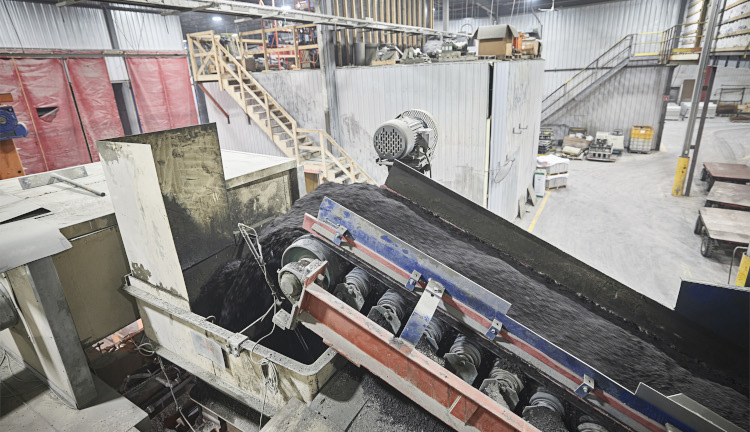
As the construction sector continues to recover from the COVID-19 pandemic, a rise in demand is being met with a shortage in supply. Cement, the main active ingredient in concrete, has seen a recent shortage and a corresponding hike in prices. Writing for Bloomberg, Chris Bryant reported that in 2023, cement prices rose by around one third in Europe; in the US, cement prices are adhering to annual price increases at a rate of 15%.
Bryant noted that “non-residential construction is still going gangbusters thanks partly to a trifecta of legislation: the Infrastructure Investment and Jobs Act, Chips Act and Inflation Reduction Act. Semiconductor fabs, battery plants, highways and bridges require ridiculous amounts of concrete.” The growing demand for low-carbon concrete, coupled with this general demand for infrastructure materials, has made reduced-cement concrete a particularly desirable option.
In February 2023, Ireland-based global construction consulting firm Linesight released their global commodity report for Q4 2022, which includes an estimation for Q1 2023 numbers. According to the report, US cement prices per ton increased 9.4% per ton from Q1 2022 to Q1 2023, with concrete prices rising 8.9% in the same period—both cement and concrete exhibited a 1.6% price increase from Q3-Q4 2022 alone.
The Linesight report also foresees a 13.9% price increase for Canadian cement, with higher costs largely stemming from 2022 hauler strikes, high energy costs, and increased environmental regulations on production. The report remarks that “despite weaker demand in the residential construction sector reflected in a drop in housing starts, cement and concrete prices continued on an upward trend in late 2022.” This price increase coincides with higher production costs, which are not expected to stabilize anytime soon.
Battling with cement shortages has been an ongoing struggle for construction firms. In 2021, Quebec construction firms anonymously complained about 50% cement rationing and having to pay up to 60$ more per cubic metre to purchase cement—the construction firms withheld their identities for fear of additional retaliation from cement manufacturers. One professional talked of having cement shipments cancelled with less than four days’ notice, while local cement manufacturers refused to comment. As these shortages and price hikes have continued over the years, stakeholders are becoming increasingly frustrated.
Speaking to Engineering News-Record, chief economist at the Portland Cement Association, Ed Sullivan, remarked that the cement industry grew 5% in 2021, followed by only 1% growth in 2022. Going into 2023, Sullivan “estimates that the cement market could pull back by 3.5% in 2023, which would be the first decline in 14 years.” This is promising news for environmentalists, as cement production is responsible for roughly 8% of the planet’s total CO2 emissions. With cement demand on a downward trend and prices on the rise, producing concrete without cement has become a better choice not only for the environment, but also for developers’ budgets.
At CarbiCrete, producing concrete with cement has become a thing of the past. By replacing cement in the concrete mix with steel slag, a by-product of the steelmaking process, CarbiCrete technology allows for manufacturers to produce concrete while lowering the process’ costs and carbon footprint. The CarbiCrete process goes beyond creating cement-free concrete by actually sequestering CO2 within concrete blocks.
Through a process called carbon mineralization, mineral phases in the steel slag are converted into calcium carbonate, hardening the concrete—often to greater compressive strengths than conventional concrete. In addition to avoiding the emissions associated with cement, this carbon mineralization allows for CO2 to be permanently removed from the atmosphere. As cement prices rise, CarbiCrete’s steel slag concrete presents a sustainable and financially favourable option.



